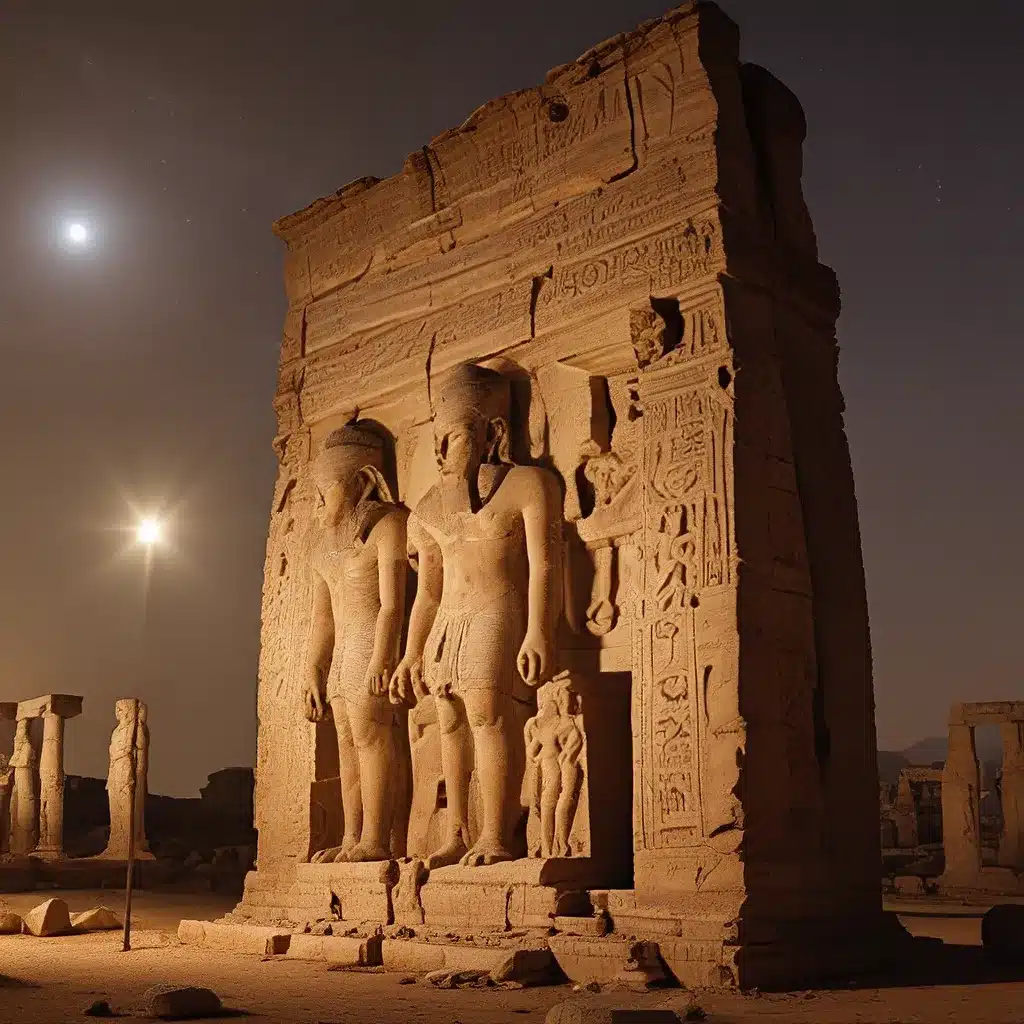
Across the vast expanse of human history, countless civilizations have risen and fallen, leaving behind tantalizing clues and mysteries that continue to captivate scholars and the public alike. From the majestic pyramids of Egypt to the enigmatic ruins of Teotihuacan in central Mexico, these ancient societies have the power to transport us back in time, revealing the ingenuity, beliefs, and struggles of our ancestors.
Uncovering the Secrets of Teotihuacan
One such ancient metropolis that has captured the imagination of archaeologists and historians is Teotihuacan, a UNESCO World Heritage site located just 25 miles northeast of Mexico City. This sprawling city, which flourished in the 5th century AD, long before the rise of the Aztecs, was once one of the largest cities in the world, boasting a population estimated to have reached upwards of 100,000 people.
Recent excavations and research conducted by teams from Arizona State University’s Teotihuacan Research Center, in collaboration with the Mexican National Institute of Anthropology and History, have shed remarkable new light on this enigmatic civilization. These discoveries have not only challenged long-held beliefs about Teotihuacan but have also revealed a society that was far more complex and dynamic than previously thought.
One of the most significant finds was the uncovering of a sealed man-made tunnel almost 23 feet below the Sun Pyramid, which led to a chamber containing a wealth of ancient treasures, including ornaments, vessels, obsidian daggers, and a greenstone mask – the first such mask found in an archaeological context at Teotihuacan. These artifacts provide invaluable insights into the artistic and material culture of this ancient civilization, as well as the rituals and ceremonies that were likely performed at the site.
But the discoveries at Teotihuacan have not been limited to just these remarkable artifacts. Archaeologists have also uncovered evidence of human and animal sacrifice, with the remains of more than 200 victims found buried within the pyramids, along with material offerings and the skeletal remains of fierce creatures such as jaguars, eagles, pumas, coyotes, wolves, and serpents – all of which are believed to have held symbolic significance within the Teotihuacano belief system.
These findings have drastically changed our understanding of Teotihuacan, which was once seen as a peaceable, sacred place. Instead, the evidence suggests that this was a war-like society with a complex political structure and a strong hierarchy based on social status, rather than ethnicity.
The City as a Cosmogram
One of the most intriguing aspects of Teotihuacan is the intentional and precise layout of its main structures, which have led researchers to believe that the city was designed as a cosmogram – a representation of the cosmos or the universe.
The pyramids, in particular, are precisely measured and distanced, suggesting a deep understanding of astronomy and cosmology among the Teotihuacano people. These towering structures, built without the use of metal tools or draft animals, were likely the focal points of rituals and ceremonies that brought the community together and demonstrated the political power of the city’s rulers.
The Enigma of Teotihuacan’s Decline
Despite the wealth of information that has been uncovered about Teotihuacan, there are still many unanswered questions surrounding the ultimate demise of this once-thriving civilization. Theories range from invasions by outside forces to internal uprisings, with the archaeological data suggesting a widening gap between the rich and poor in the city’s final phases.
The mysteries surrounding Teotihuacan’s decline and the ultimate fate of its people remain enigmas, with only a small fraction of the site – estimated to be around 12% – having been excavated thus far. As Cowgill points out, there are endless possibilities for further discoveries, but obstacles such as looting, modern development, and the need for significant financial and resource investments continue to hinder the pace of research.
Shedding Light on Forgotten Civilizations
The story of Teotihuacan is just one example of the rich and complex histories that are still being uncovered through the tireless efforts of archaeologists and historians around the world. From the ancient Sumerian bar joke that has been puzzling scholars for decades to the newly discovered ancient cities of Mesoamerica, the past continues to reveal its secrets, challenging our understanding of human civilization and its evolution.
As we continue to explore these forgotten civilizations, we gain a deeper appreciation for the ingenuity, resilience, and diversity of our ancestors. By shedding light on these ancient societies, we not only expand our knowledge of the past but also gain valuable insights that can inform our present and shape our future.
The journey to uncover the mysteries of the past is an ongoing one, filled with both triumphs and setbacks. But with each new discovery, we inch closer to a more complete understanding of the human experience, and the fascinating tapestry of our collective history.


